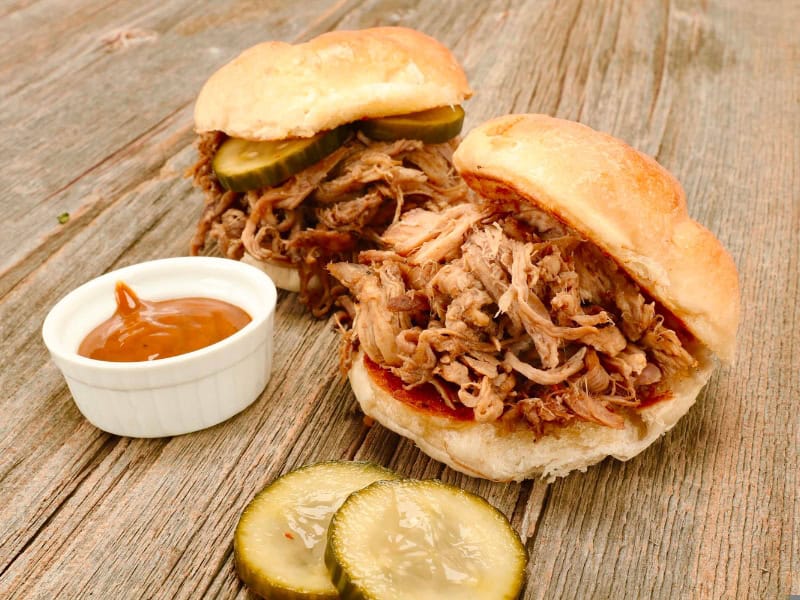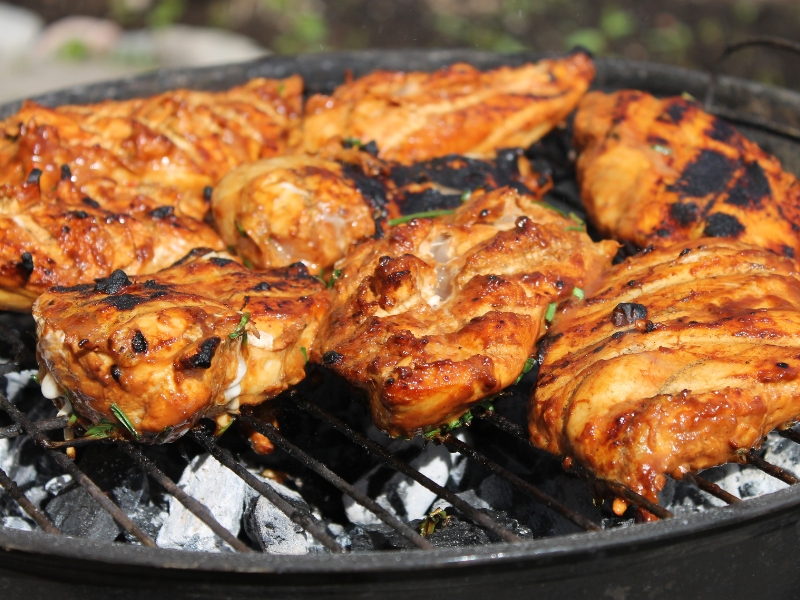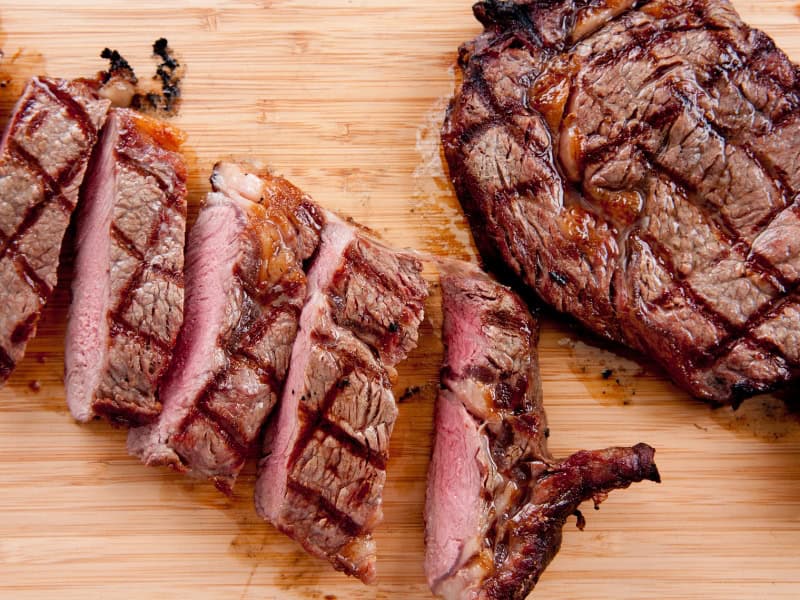Buying meat packages is a wise decision if you’re trying to reduce shopping expenses without compromising quality. They offer a practical method to stock up on a range of cuts for various meals in addition to saving you money. You can make sure you get the most out of your meat buy by knowing how to select and prepare the pieces that are provided in packages.
This post may contain affiliate links. Please read my affiliate disclaimer here.
Why Buy Meat Packages?
Purchasing beef in quantity has the following benefits:
Savings: Buying in bulk frequently results in lower prices per pound than buying individual cuts.
Convenience: You can make fewer journeys to the grocery store if you have a selection of meats on hand.
Reduced Waste: You may plan meals more effectively and steer clear of last-minute takeout by portioning and freezing meat.
Better Quality: When buying in quantity, many butchers and farms provide premium meats at reduced costs.
Types of Meat Cuts You’ll Find in Meat Packages
Typically, meat packages contain a combination of chicken, beef, pig, and occasionally lamb. Here are a few typical cuts and the ideal preparation methods for them:
Cuts of Beef
Ribeye: To enhance its inherent characteristics, this cut, which has a lot of marbling, is best grilled or pan-seared.
Sirloin: This leaner cut is excellent for broiling, grilling, or stir-frying.
Brisket: This meat is best prepared slowly, which makes it perfect for slow roasting, braising, or smoking.
Chuck Roast: A tasty and reasonably priced cut that works well in stews and pot roasts.
Ground beef may be used to make meatballs, tacos, and burgers.

Cuts of Pork
Pork chops: Make a quick and delicious dinner when grilled, pan-fried, or baked.
Pork Tenderloin: Lean and tender, plus cooks fast when roasted or grilled.
Boston Butt: Also known as pig shoulder, is the preferred piece for pulled pork because it cooks best when slow-cooked.
Spare Ribs: For tender, fall-off-the-bone results, slow cooking or smoking is necessary.

Chicken Cuts
Chicken Breast: A lean and healthy option that’s great for grilling, baking, or sautéing.
Chicken Thighs: More flavorful and juicy than breasts, making them ideal for roasting or slow-cooking.
Chicken Wings: Perfect for frying or baking, whether for a snack or a meal.
Whole Chicken: Great for roasting, providing multiple portions for meals throughout the week.

Cuts of Lamb
Lamb Chops: Best grilled or pan-seared for a tender and flavorful dish.
Leg of Lamb: A lean, rich cut that’s perfect for roasting.
Lamb Shoulder: Ideal for slow cooking, braising, or stewing to achieve maximum tenderness.
Tips for Cooking and Preserving the Meat
Appropriate Storage: To preserve freshness, cut meat into parts the size of meals and freeze it right away.
Safe Defrosting: To stop bacteria from growing, thaw meat in the refrigerator rather than at room temperature.
Plan Your Meals: To strike a balance between flavor and convenience, use a variety of slow-cooking and quick-cooking cuts throughout the week.
Make Use of Marinades and Seasonings: Marinate inexpensive cuts before to cooking to improve their flavor.
Final Thoughts
Purchasing meat packages is an excellent way to save money while ensuring you always have a variety of cuts on hand. By understanding how to cook each cut properly, you can make the most of your investment and enjoy flavorful, home-cooked meals without breaking the bank.
Stock up, plan ahead, and savor the savings!




